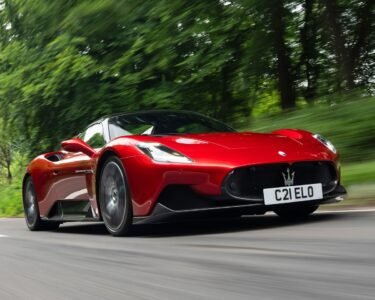Electricity distribution is a serious hurdle, says Emmanuel Mayani, a Rwandan clean energy research assistant at the University of Michigan in the US. E-bikes require regular charging – some three to five times a day – and the majority of charging stations for e-bike start-ups in Rwanda and elsewhere in Africa are still predominantly grid-reliant.
“Even though they plan to pivot to renewable energy sources, charging infrastructure for many e-bike startups still largely relies on grid technology, as this is what is most convenient for them and the region they’re in,” Mayani says.
Experts believe that a high demand for e-bikes and large-scale expansion plans for these startups mean more charging stations will fill up cities, especially as the Rwandan government is providing rent-free land for charging infrastructure. That could be a problem.
Mayani stresses that this could lead to more frequent power outages that could affect residential and commercial electricity supply, and strain infrastructure that is already struggling to keep up with growing demand. “If you keep increasing just the e-bikes, you’re increasing consumers of electricity without increasing the source, the generation or the amount of electricity the consumers are going to access,” he says. This will exacerbate load shedding, the name for intentionally planned power outages which are meant to take pressure off the grid, he adds.
But Mayani also thinks this issue can be abated if there’s an alternative to support the grid, and solar power is a good start. “[The government] could bring in solar panel providers to take the pressure off,” he says. “It’s a good alternative for people in rural communities who’ll experience these outages more.”
As the Rwandan government works to use renewable energy sources to build its grid infrastructure by 2030, Ampersand is already installing solar panels in its battery swap stations to target a large part of the country’s off-grid regions. Experts hope that other e-bike companies will follow suit.
Solar-powered battery swap stations
Rwanda gets some of the highest energy from solar radiation in Africa, far beyond what solar panels require, and Ampersand plans to use this to its advantage. The company has already executed this in some rural areas in Kenya, where the availability of rentable land made it easy to install ground-mounted solar converters, according to Whale. It made combining grid energy with solar for Ampersand swap stations seamless.
Elsewhere in Africa, companies are testing solar power as an off-grid alternative for e-bike charging. Startups like Ghana’s Kofa use solar energy to power their battery swap stations, while others like Ampersand opt for a combination with grid energy. In these swap stations, sets of batteries are at all times connected to a charging system – about 20 to 40 of them, according to Kama. E-bike riders drive in every three to four hours for a battery exchange, and replacing a run-down battery with a fully charged one is quick, he says. “The swapping process is like a two-minute thing,” Kama explains. “Sometimes it’s even faster than, for example, refueling [a gas-powered motorcycle] in an oil and gas station.” (Read more about China’s battery swap stations for electric vehicles).
Another way Ampersand gets solar energy is through its partnership with the oil company TotalEnergies. Total has solar generators at 1,000 of its 4,800 petrol stations in Africa, selling electricity to a variety of different players, including EV startups. Ampersand uses a shared space with them and directly taps into Total’s solar generators to charge its batteries.




